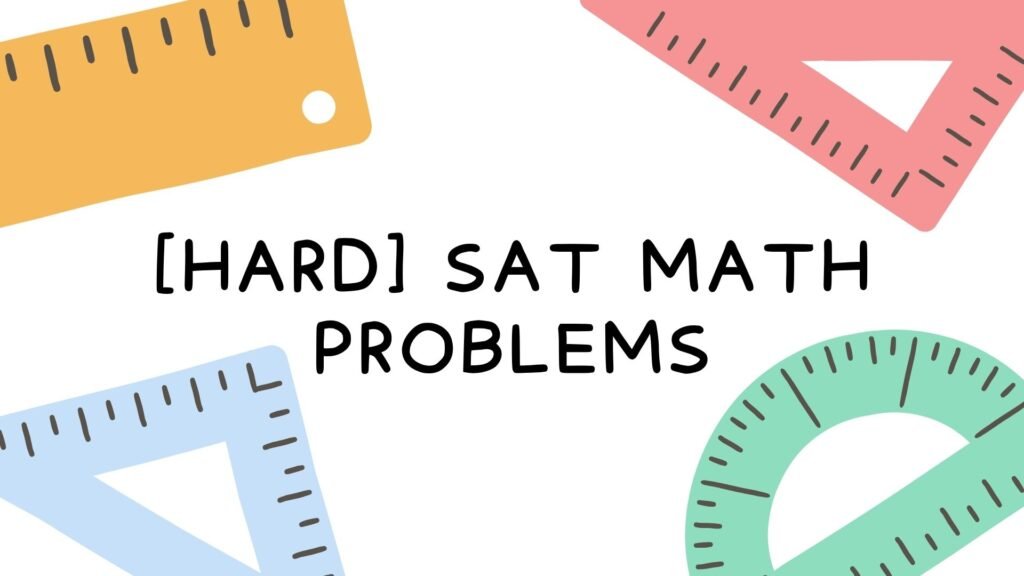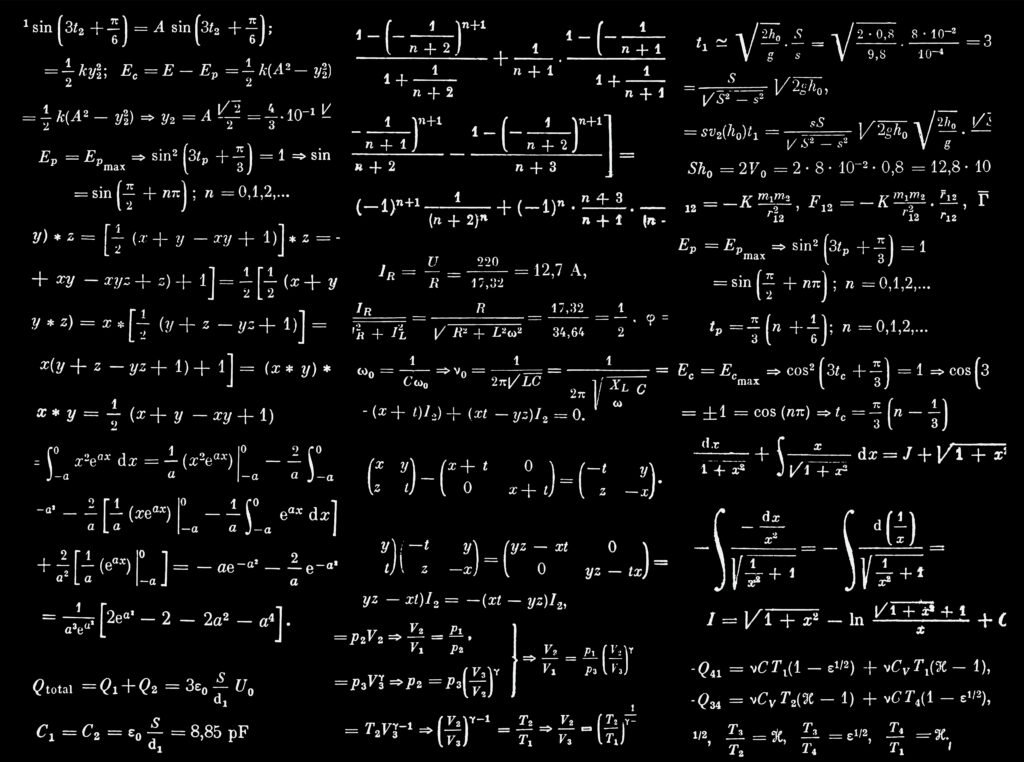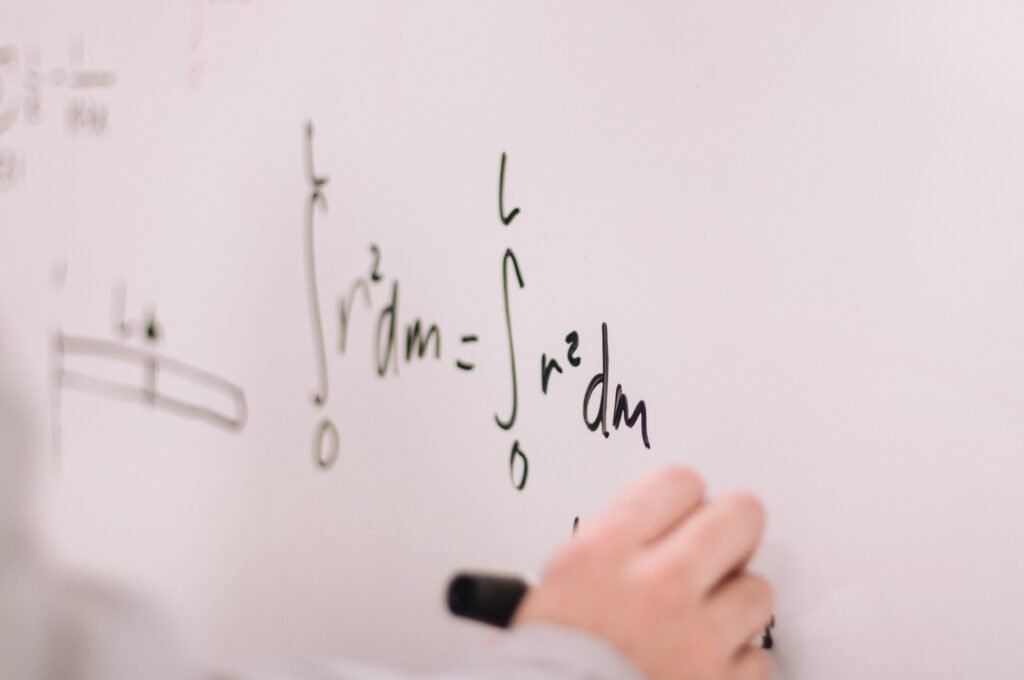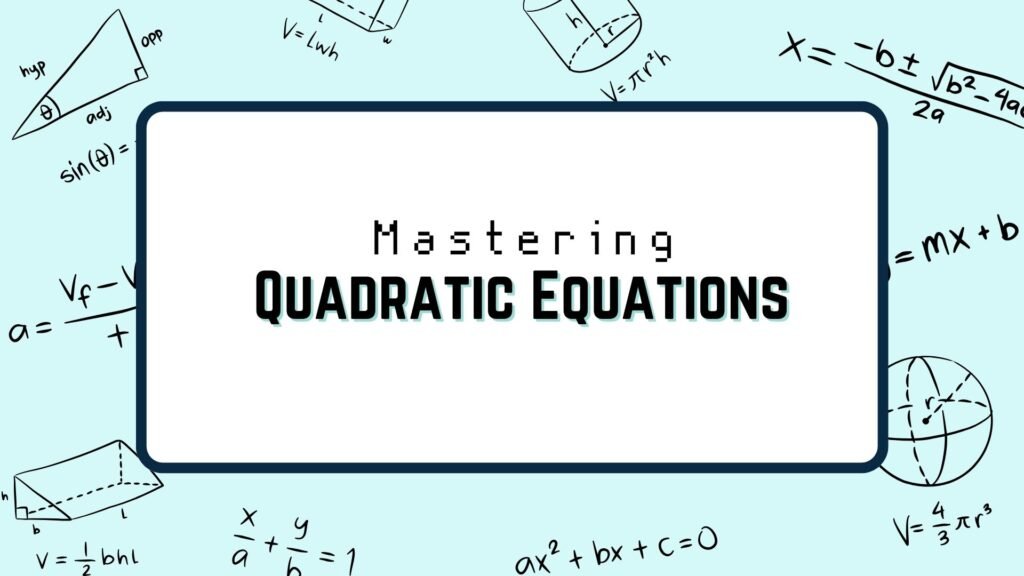The SAT Math section tests a broad range of mathematical concepts. While the difficulty of questions is subjective and varies for each student, there are some topics and types of questions that many consider to be among the hardest. The perception of difficulty can stem from the depth of the concept, the multi-step nature of the problem, or the tricky wording used in the question.
Table of Contents
Here are some areas that have been historically challenging for many students:
Complex Word Problems
These problems often contain a lot of information and require students to form multiple equations or utilize several mathematical concepts to arrive at the answer.

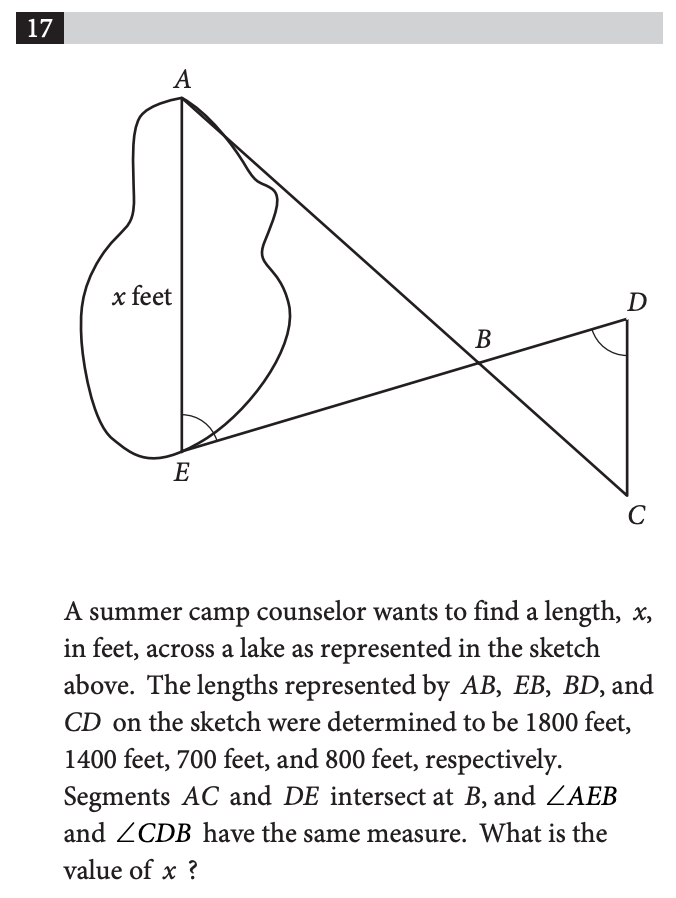
Function Notation and Operations
Some students find problems involving the combination of functions, like (f+g)(x) or (f/g)(x), to be challenging.

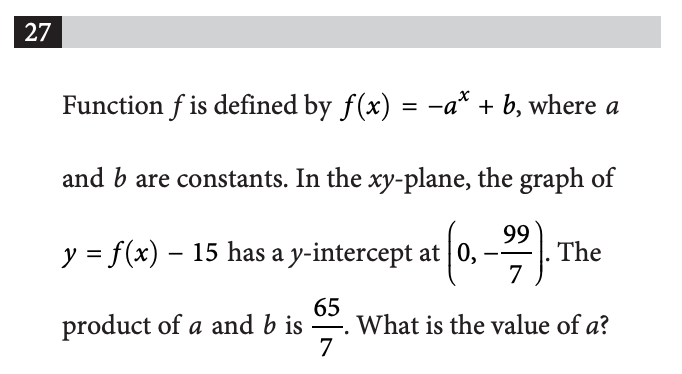
Non-Standard Quadratics
While most students can solve a standard quadratic equation, ones that require manipulation or are disguised in word problems can be trickier.
Systems of Equations with More than Two Variables:
These are not as common, but occasionally, a question might involve a system with three variables and equations, which requires more extended logic and manipulation.
Advanced Geometry Problems
This can include problems about the properties of tangents, chords, and secants in circles or 3D geometry problems.
Trigonometry
Though the SAT only covers basic trigonometry, problems involving the unit circle, sine, cosine, tangent, and their inverses can be tough for those not familiar with the topic.
Probability and Combinatorics
Problems that require combinations, permutations, or complex probability can be a bit tricky.
Rate Problems Involving Work or Mixing Solutions
These problems involve multiple entities working together or different solutions being mixed and require a solid understanding of ratios and rates.
Function Transformations
Understanding how functions transform when they’re manipulated can be challenging. For example, how does the graph of y=f(x) change compared to y=f(x+2)−3?
Data Interpretation
Some problems present data in a unique format or require the student to synthesize data from multiple sources, such as tables or graphs.
Conclusion
Remember, the “hardness” of an SAT math question often depends on the student’s personal strengths, weaknesses, and experiences with specific mathematical topics. What’s hard for one student might be easy for another, and vice versa. It’s always a good idea to expose yourself to a variety of questions during your preparation so that you’re well-equipped to handle whatever the SAT throws at you.
Regenerate
